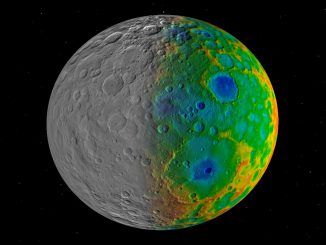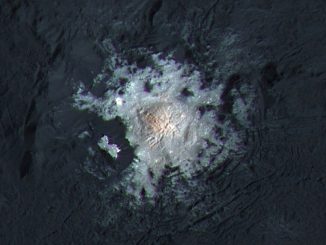
The case of the missing Ceres craters
Ceres is covered in countless small, young craters, but none are larger than 175 miles (280 kilometres) in diameter. To scientists, this is a huge mystery, given that the dwarf planet must have been hit by numerous large asteroids during its 4.5 billion-year lifetime. Where did all the large craters go?




